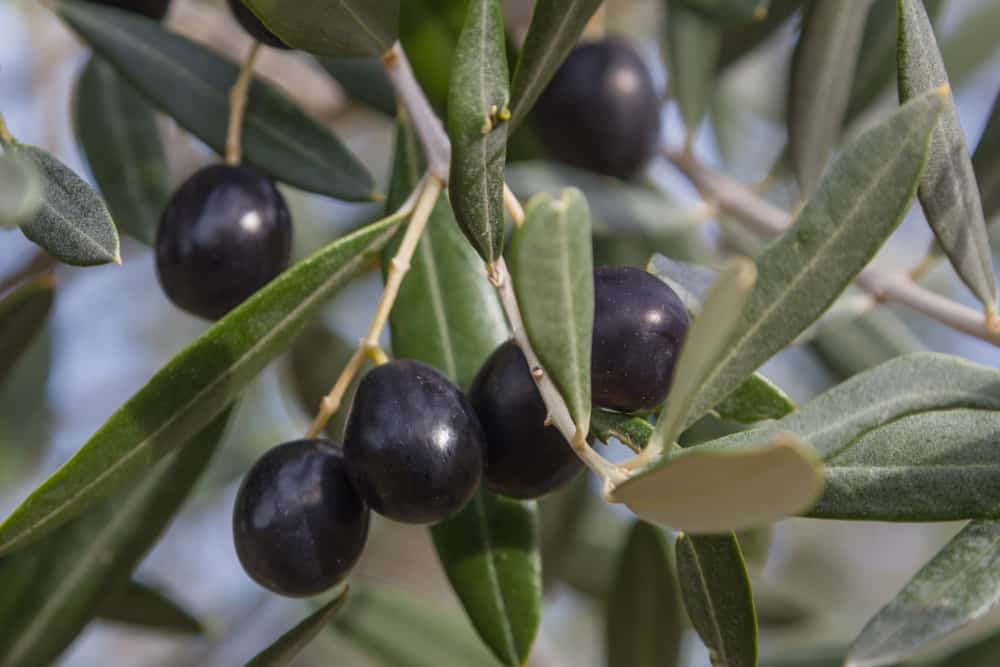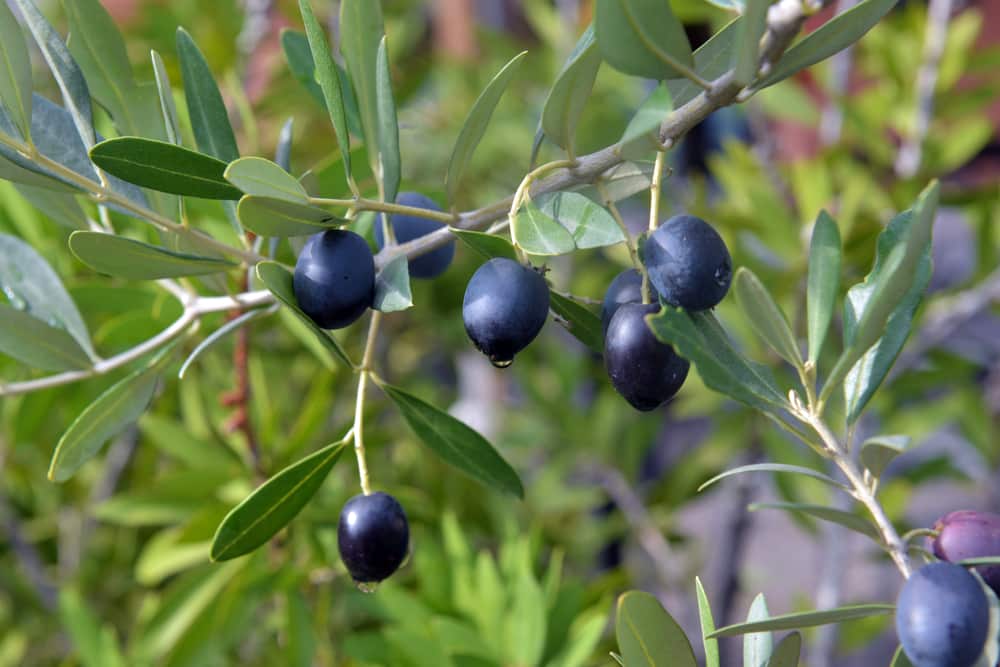It can be quite misleading as the Black Olive Tree isn’t related to the olive tree that produces edible fruits. Also known as Shady Lady, it’s a beautiful evergreen that’s perfect for providing year-round color in the landscape.
With its lush and puffy green crown, this tree looks like a giant bonsai. They grow at moderate speed and can reach up to 360 inches tall, perfect for creating privacy screens or windbreaks. This tree is a low-maintenance tree and will thrive under neglect and even in unfavorable conditions.
| Botanical Name | Bucida buceras |
| Common Name | Black Olive Tree, Shady Lady, Geometry Tree |
| Plant Type | Perennial |
| Flower Color | Yellow |
| Size When Mature | 360 Inches |
| Bloom Time | Spring and Summer |
| Sun Requirements | Partial Sun or Shade |
| USDA Hardiness Zones | 10 |
| Soil PH Range | 7.6-7.8 |
| Soil Type | Mildly alkaline, rich, well-draining |
| Water Needs | Low |
| Native Area | South Florida |
What You Need to Know About Black Olive Tree
The Black Olive Tree is famous for its exquisite look. It has a beautiful, dense crown that is perfect for providing shade and privacy hence the name, Shady Lady. The leaves are a green color with a glossy leathery finish. In spring and summer, it would bloom small fragrant yellow flowers. Despite its name, the tiny black fruits it produces are not edible olives.
They have a wide range of tolerance and can withstand different soil types, salt, and even drought conditions. This makes them a great choice for landscaping as they are, more often, indestructible and can flourish even with less supervision.
How to Care for Black Olive Tree
Here’s everything you need to know about growing and caring for a thriving Black Olive Tree:
Light
This tree prefers full sun to partial shade. It needs as much warmth and light as possible to maintain its dense growth habit. If your plant does not get enough sun, it might not flourish and might even die.
Generally, they come in huge sizes so it’s rare for this plant to be indoors as it requires a lot of space. If you are growing this tree indoors, make sure to place it near a sunny window where it can receive at least 6 hours of sunlight every day.
Water and Soil Needs
It’s tolerant to drought conditions but will do best if given regular watering, especially during hot and dry spells. It is important to water regularly allowing the soil to dry out in between waterings. Make sure to not give it too much water though as overwatering can lead to root rot which can be fatal to the tree.
It is not picky when it comes to soil type as long as the conditions are well-draining. They can tolerate different soil types including clay, sand, and loam. Though adaptable to different soil types, they prefer rich soil with a pH of 7.6 to 7.8. It will thrive at its best if the soil is filled and packed with nutrients to encourage good health and growth.
Temperature Requirements
These trees are highly sensitive to cold and will suffer damage when exposed to extremely cold temperatures. They would do best in USDA zone 10 with its warm temperatures and high humidity.
Fertilizer
The best fertilizer to use on a Black Olive Tree is a balance, organic fertilizer that has nitrogen. Nitrogen is essential to the growth of the tree as it helps promote dark green foliage, and healthy root growth, and increases the overall size of the tree. Feed it with a 10-10-10 or 20-20-20 fertilizer triannually during spring, summer, and autumn.
Common Diseases
Despite being a low-maintenance tree, there are still some pests and diseases that can attack your Black Olive Tree. The branch and twig borer, American plum borer, and several fungal diseases may affect your tree.
The branch and twig borer is a beetle that lays its eggs on the twigs and branches of the tree. The larvae then hatch and bore into the bark causing feeding damage which can lead to dieback and even kill the tree.
The American plum borer is another beetle that does the same as the branch and twig borer. To get rid of these borers, you can use an insecticide that will kill the larvae before they have a chance to damage your tree. There are also several fungal diseases but plenty of sunlight and good air circulation will help prevent these diseases.
Black Olive Tree Propagation
Propagation might be difficult but it can be done from seeds, cuttings, or layering. Tip cuttings and layering are the best way to reproduce since seeds can grow unpredictably.
To do this, find a healthy, young branch that is about 6 to 8 inches long. Cut it at a 45-degree angle. Check where the node is and cut it there. Dip the cutting in rooting hormone and plant it in a moist potting mix. Place it in a warm area with indirect sunlight and keep the soil moist. The cutting should root within 4 to 6 weeks.
For layering, find a low-hanging branch and strip off the leaves from the bottom 2/3 of the stem. Dig a shallow trench under the stripped portion and lay the stem on top of it. Cover the stem with soil and water regularly. In time, new roots will form, and you can then cut the branch from the main tree and pot it.
Related Article: Can You Grow Olives in Florida


